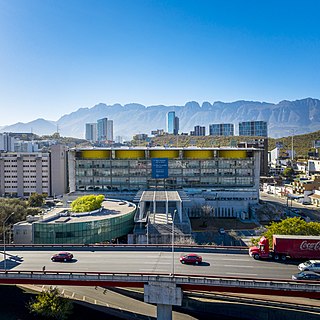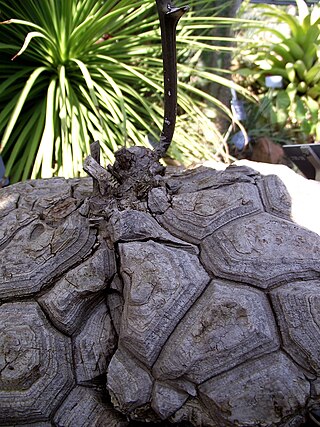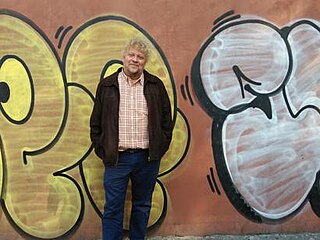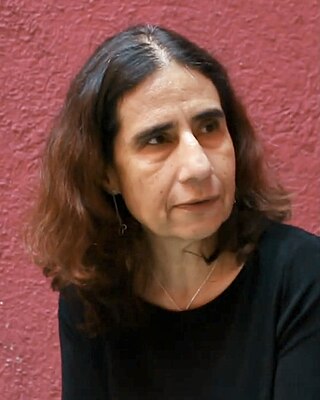Related Research Articles

The Tlatelolco massacre was a military massacre committed against the students of the National Autonomous University of Mexico (UNAM), the National Polytechnic Institute (IPN), and other universities in Mexico.

Luis Echeverría Álvarez was a Mexican lawyer, academic, and politician affiliated with the Institutional Revolutionary Party (PRI), who served as the 57th president of Mexico from 1970 to 1976. Previously, he was Secretary of the Interior from 1963 to 1969. At the time of his death in 2022, he was his country's oldest living former head of state.

Plutarco Elías Calles was a Mexican soldier and politician who served as President of Mexico from 1924 to 1928. After the assassination of Álvaro Obregón, Elías Calles founded the Institutional Revolutionary Party and held unofficial power as Mexico's de facto leader from 1929 to 1934, a period known as the Maximato. Previously, he served as a general in the Constitutional Army, as Governor of Sonora, Secretary of War, and Secretary of the Interior. During the Maximato, he served as Secretariat of Public Education, Secretary of War again, and Secretary of the Economy. During his presidency, he implemented many left-wing populist and secularist reforms, opposition to which sparked the Cristero War.
Education in Mexico has a long history. Indigenous peoples created institutions such as the telpochcalli and the calmecac. The Royal and Pontifical University of Mexico, the second oldest university in the Americas, was founded by royal decree in 1551. Education in Mexico was, until the early twentieth century, largely confined to males from urban and wealthy segments and under the auspices of the Catholic Church.
Laboratorios Syntex SA was a pharmaceutical company formed in Mexico City in January 1944 by Russell Marker, Emeric Somlo, and Federico Lehmann to manufacture therapeutic steroids from the Mexican yams called cabeza de negro and Barbasco. The demand for barbasco by Syntex initiated the Mexican barbasco trade.

George Rosenkranz was a pioneering Hungarian-born Mexican scientist in the field of steroid chemistry, who used native Mexican plant sources as raw materials. He was born in Hungary, studied in Switzerland and emigrated to the Americas to escape the Nazis, eventually settling in Mexico.

The Ignacio A. Santos School of Medicine is the medical school division of the Monterrey Institute of Technology and Higher Education (ITESM). Established in 1978 in Monterrey, Mexico.
Gonzalo Aguirre Beltrán was a Mexican anthropologist known for his studies of marginal populations. His work has focused on Afro-Mexican and indigenous populations. He was the director of the National Indigenous Institute and as Assistant Secretary for Popular Culture and Continuing Education he was responsible for forming government policy towards indigenous populations. For this reason he is important in the field of applied anthropology.
Lonchocarpus urucu, or barbasco, is plant in the family Fabaceae. It is native to the tropical forests of Peru, as well as of Brazil and Guyana, growing from 100–1,800 metres (330–5,910 ft) above sea level. It was also recorded in Venezuela.

Healthcare in Mexico is provided by public institutions run by government departments, private hospitals and clinics, and private physicians. It is largely characterized by a special combination of coverage mainly based on the employment status of the people. Every Mexican citizen is guaranteed no cost access to healthcare and medicine according to the Mexican constitution and made a reality with the “Institute of Health for Well-being”, or INSABI.

Alfonso Valenzuela-Aguilera is a Mexican architect, critical theorist and urban planner.

The history of science and technology in Mexico spans many years.
Dioscorea composita, or barbasco, is a species of yam in the genus Dioscorea, native to Mexico. It is notable for its role in the production of diosgenin, which is a precursor for the synthesis of hormones such as progesterone. Russell Marker developed the extraction and manufacture of hormones from D. mexicana at Syntex, starting the trade of D. composita in Mexico. Marker also discovered that the composita variety had a much higher content of diosgenin than the mexicana variety, and therefore it came to replace the latter in the production of synthetic hormones.

The Mexican barbasco trade was the trade of the diosgenin-rich yam species Dioscorea mexicana, Dioscorea floribunda and Dioscorea composita which emerged in Mexico in the 1950s as part of the Mexican steroid industry. The trade consisted in Mexican campesinos harvesting the root in the jungle, selling it to middlemen who brought it to processing plants where the root was fermented and the diosgenin extracted and sold to pharmaceutical companies such as Syntex who used it to produce synthetic hormones.
Indigenismo is a Latin American nationalist political ideology that began in the late nineteenth century and persisted throughout the twentieth that attempted to construct the role of indigenous populations in the nation-state. The ideology was particularly influential in Mexico where it shaped the majority of indigenous-state relations since its incorporation into the Constitution in 1917. While the perspectives and methods of Indigenistas changed and adapted over time, the defining features of Mexican Indigenismo are the implementation by primarily non-indigenous actors, the celebration of indigenous culture as a part of the nation's history, and the attempt to integrate indigenous populations under the authority of the nation-state. The ideology was enacted by a number of policies, institutions, governmental programs, and through artistic expression. These included education programs, land reform, political reform, and economic development as well as national displays of indigenous heritage. Although generally viewed as beneficial for creating a platform to discussing indigenous issues, Indigenismo has been criticized as still operating under colonial paradigms of racial hierarchy and often helped to solidify some stereotypes of Indigenous peoples even while trying to break down others.

Stefan Gandler is a philosopher and social scientist. He studied at Frankfurt University and has lived in Mexico since 1993

Cultura Colectiva is a Mexico-based digital media publisher. It publishes content designed to be shared over social media networks targeted at a Latin American audience. It currently ranks third among the most read digital native media publishers in Mexico and one of the 10 most important in Latin America. The CEO of Cultura Colectiva is Luis Andrés Enríquez.
Asa Cristina Laurell is a Mexican sociologist who has had a long career in both research and government positions. She grew up in Sweden, but her education eventually brought her to Mexico. In Mexico, she was awarded two degrees and conducted research that focused on health policy, including ensuring access to health care for people in Mexico and various other Latin American countries. She is known for her role in helping to found the Latin American Association of Social Medicine (ALAMES), as well as the contributions she has made to widening access to health care for Mexicans during her time in government. This included serving as Undersecretary of Integration and Development at the Ministry of Health in Mexico.
Food labeling in Mexico refers to the official norm that mainly consists of placing labels on processed food sold in the country in order to help consumers make a better purchasing decision based on nutritional criteria. The system was approved in 2010 under the Norma Oficial Mexicana (NOM) NOM-051-SCFI/SSA1-2010. The standards, denominated as Daily Dietary Guidelines, were based on the total amount of saturated fats, fats, sodium, sugars and energy or calories represented in kilocalories per package, the percentage they represented per individual portion, as well as the percentage that they would represent in a daily intake.

Ruth Gabriela Cano Ortega is a Mexican historian focused on the history of women in Mexico and sexual diversity during the Porfirian, revolutionary and post-revolutionary periods of Mexico. She specializes in gender analysis. Cano is a professor at the El Colegio de México.
References
- ↑ [Harvard website https://histsci.fas.harvard.edu/people/gabriela-soto-laveaga accessed July 11, 2019]
- ↑ "2016 HSS Election Candidates". Hssonline.org. Retrieved December 2, 2018.
- ↑ "Gabriela Soto Laveaga : PPFP". Ppfp.ucop.edu. Retrieved December 2, 2018.
- ↑ "Gabriela Soto Laveaga : CV" (PDF). Lateinamerika-geschichte.uni-bremen.de. October 2011. Archived from the original (PDF) on December 24, 2015. Retrieved December 2, 2018.
- ↑ "Gabriela Soto Laveaga – Scholars | Institute for Advanced Study". www.ias.edu. December 9, 2019. Retrieved December 12, 2020.
- ↑ American Sociological Association http://www.asanet.org/asa-communities/asa-sections/current-sections/science-knowledge-and-technology/section-science-knowledge-and-technology-past-awards-recipients
- ↑ LASA Forum https://forum.lasaweb.org/files/vol39/LASAForum-Vol39-Issue1.pdf p. 35 access date April 7, 2019